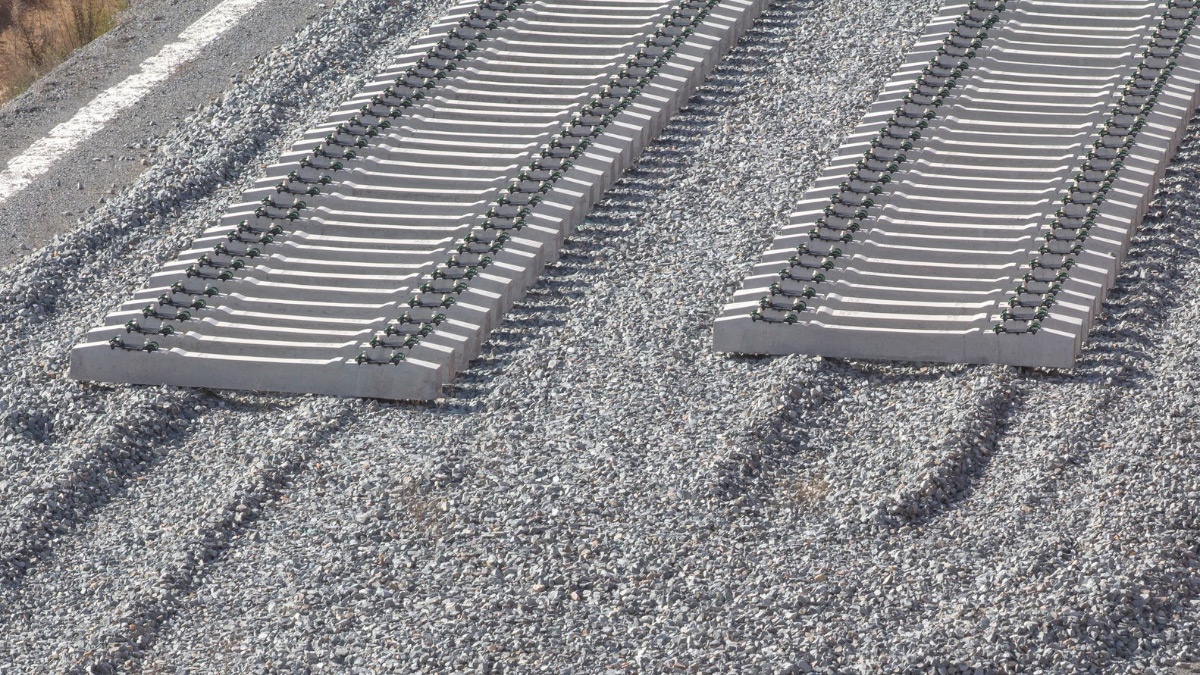My recent article arguing that we should cut federal subsidies to Amtrak got some very interesting and useful feedback on social media with at least one reader making the point that the highways and the airways are also very heavily subsidized by governments at all levels. I plan to expand on this in a future column and will note that “if we’re subsidizing it, we should stop” is a good rule of thumb, but here I’d like to go into some of the reasons why subsidies remain even when it is pretty clear that the costs exceed the benefits.
Perhaps most obviously, subsidies create constituencies with a powerful financial interest in making sure the subsidies stick around. The people who work for Amtrak, obviously, have incentives to keep the subsidies flowing. So do regular Amtrak riders who enjoy cheaper rides. It’s a relatively small constituency, but it enjoys substantial benefits. Importantly, these benefits are concentrated while the costs are dispersed across a much larger population. Amtrak employees, suppliers, and regular riders would notice a considerable disruption if the government money stopped flowing.
The rest of us would barely notice. A $2 billion annual subsidy to Amtrak spread out over a population of almost 330 million is less than seven dollars per person. It’s about the same as the cost of a trip to Subway or Chick-fil-A, and for most taxpayers, it’s simply not worth their time to go to the political barricades to save the cost of a sandwich. The beneficiaries who enjoy concentrated benefits have powerful incentives to keep those benefits coming. The rest of us have very weak incentives to fight back.
Concentrated benefits and dispersed costs aren’t the only factors at play, though. In his 2007 book The Myth of the Rational Voter, Bryan Caplan introduced the concept of “rational irrationality” (here’s a very short version published by the Cato Institute). Caplan points out an important empirical oddity: a lot of programs are as popular among those who don’t benefit from them as they are among those who do. A lot of people who don’t have a stake in Amtrak, for example, still support Amtrak subsidies. Farm subsidies are very popular even among non-farmers and people who don’t live in farm states. What gives?
Simply put, subsidies sound good and the beneficiaries are easy to see and often very sympathetic. Just as people have very weak incentives to fight back against subsidy beneficiaries, people have very weak incentives to think beyond what is most immediate and obvious. Eliminating subsidies for Amtrak would create real and visible harm for real and visible people. The benefits of eliminating the subsidies, however, are a lot harder to see. “Helping people” with a subsidy feels good, the claim that we are all better off because we subsidize things like Amtrak is at least superficially intuitive and appealing, and working to understand the long-term and hard-to-see effects of subsidies is difficult. Hence, subsidies and the like remain popular even among people with no obvious stake in them.
Governments at all levels waste resources by subsidizing activities for which the costs exceed the benefits. The subsidies persist, however, because there are a lot of people with a serious financial stake in them and because they are superficially (but incorrectly) appealing even to those who don’t.
Update: my latest article considers the effects of transport subsidies on economic development.









